For many cats, kids can equal anxiety and stress. Kids have a tendency to look with their grabby hands instead of their eyes, and their over-excitement can easily freak cats out. But really, it doesn’t have to be this way. Cats can be wonderful in a home with kids, and cats and kids can be the very best of friends when proper boundaries are established early on. We’ve compiled a list of tips and tricks for keeping the peace in a house with cats and kids.
Understanding a Cat’s Body Language
Even a small child can sense when something is amiss if you teach them what to watch for. If a cat is cowering, and/or has their ears pinned back, then a child must understand that this means kitty is afraid and petting them is not the best idea.
A relationship between cats and kids needs to be one of mutual understanding. And most importantly, trust. To earn a cat’s trust, a child must learn to respect a cat’s space should they come across timid or afraid. By doing this, the cat will learn that the child is not a threat. This is a very important first step in establishing a peaceful union in a home with kids and cats.

Pet Kitty Softly
Cats often love it when they can find someone to stroke their fur and make them feel special. So, if you teach a child step 1, then the establishment of trust will help a cat to want to seek out the attention of the tiny people in your home. Cats are great at sensing the energy of others, so if a child learns to softly pet kitty, and to do some with calm, slow hands, chances are kitty will remember this and look to them for affection when they are craving it.
Cats Have Some No-No Spots
When building the relationship between kids and cats, it’s important that an elder instruct children on where a cat’s “sweet spots” and “here come the claws” spots are on a feline’s body. The base of the tail, a cat’s tummy, and a cat’s feet are three areas that kids should avoid petting, just for good measure. Ideal areas to pet are the top of the head, under the chin, and long strokes down the spine. Another good thing to teach children is that cat’s are not always crazy about the idea of being picked up and carried around.

A cat is not a puppy or a dog. It’s crucial that kids are taught the difference between the two from a young age. Cats can be great companions and excellent nap buddies–but dangling them around or being rough with them is not an ideal situation for them due to their sensitive nature. Kids tend to know what they are taught. So it’s an adult’s job to teach them how to behave around cats. If they are taught cat manners from an early age, this can show them how wonderful a relationship with a cat can be if they learn to respect them and see them for their lovely characteristics.

Some Quick Additional Tips to Teach Kids About Cats
- Don’t interfere with a cat when they are eating, let kitty eat in peace.
- Never provoke a cat. When cats are afraid they tend to react by biting or scratching. This is their only weapon of defense when they are scared.
- Cats do not like loud noises or sudden movements as they become startled easily.
- Do not ever pull a cat’s tail or their whiskers.
- Never cut a cat’s whiskers, they use these to balance and should never be cut for any reason.
- Never intentionally scare a cat. A cat’s memory is sharp and they won’t soon forget it.
Got any more helpful tips to share with us? Leave us a comment!
REMEMBER: ADOPT, DON’T SHOP, MICROCHIP YOUR PETS & SPAY AND NEUTER!
Related Story: Santa Surprises Boy With Black Cat For Christmas After His Beloved Feline Passes Away <3 (With Video!)
Related Video: Proof That Cats Are Basically Toddlers





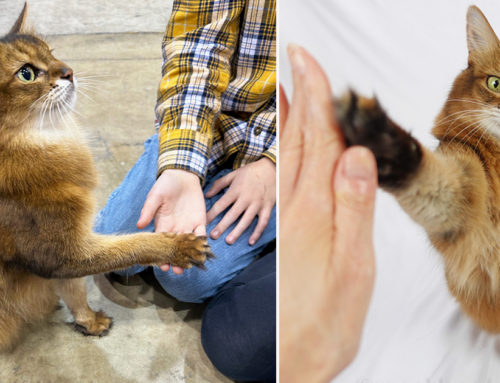

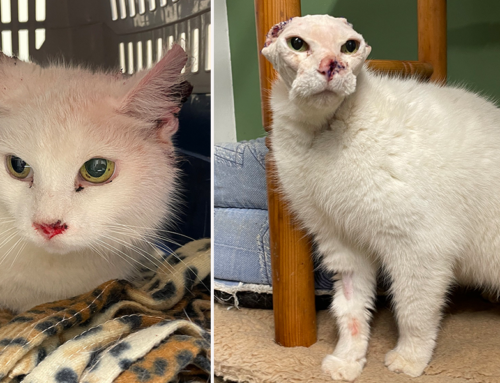
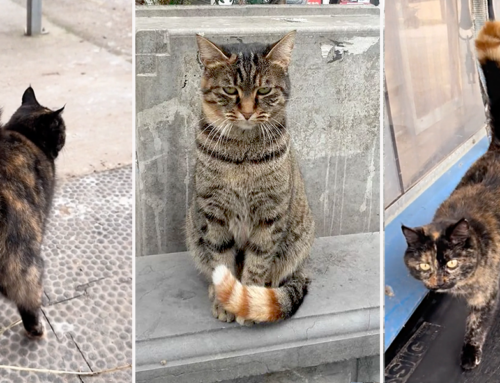
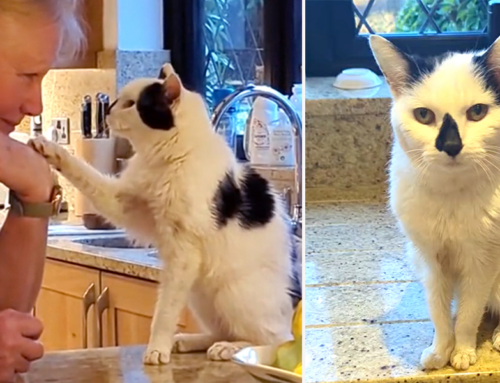

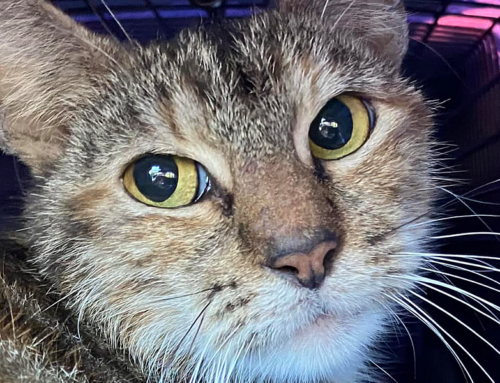

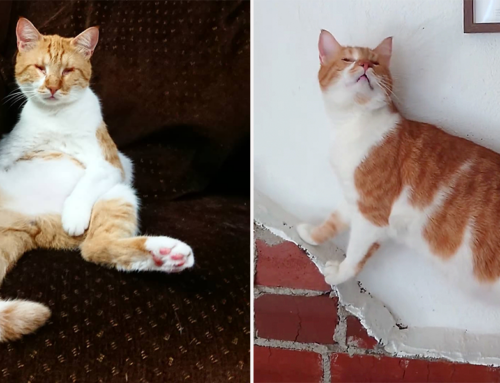
Our cats were seniors when our son was born, and there was immediate mutual interest. Then when he could suddenly start moving on his own power, the cats were astounded & apprehensive. He was desperate to get to them & I spent a huge amount of time teaching him that if he wanted to pet the cats, he had to sit down & let them come to him. He DID learn this (seemed miraculous at the time) and was rewarded by trusting old cats who would come running to him.
We adopted a abandoned cat found by a dump. He was about 6 pounds and very loving. Our grandson was 18 months old and the 2 hit it off. He could do almost anything with him. He use to carry him around and now that the grandson is 6 1/2 the cat waits at the door for him. I have never allowed him to be mean or hurt him. They even nap together. The cat sleeps at the bottom of then the crib and now his bed. He is still a little cat and the best cat we have ever had.